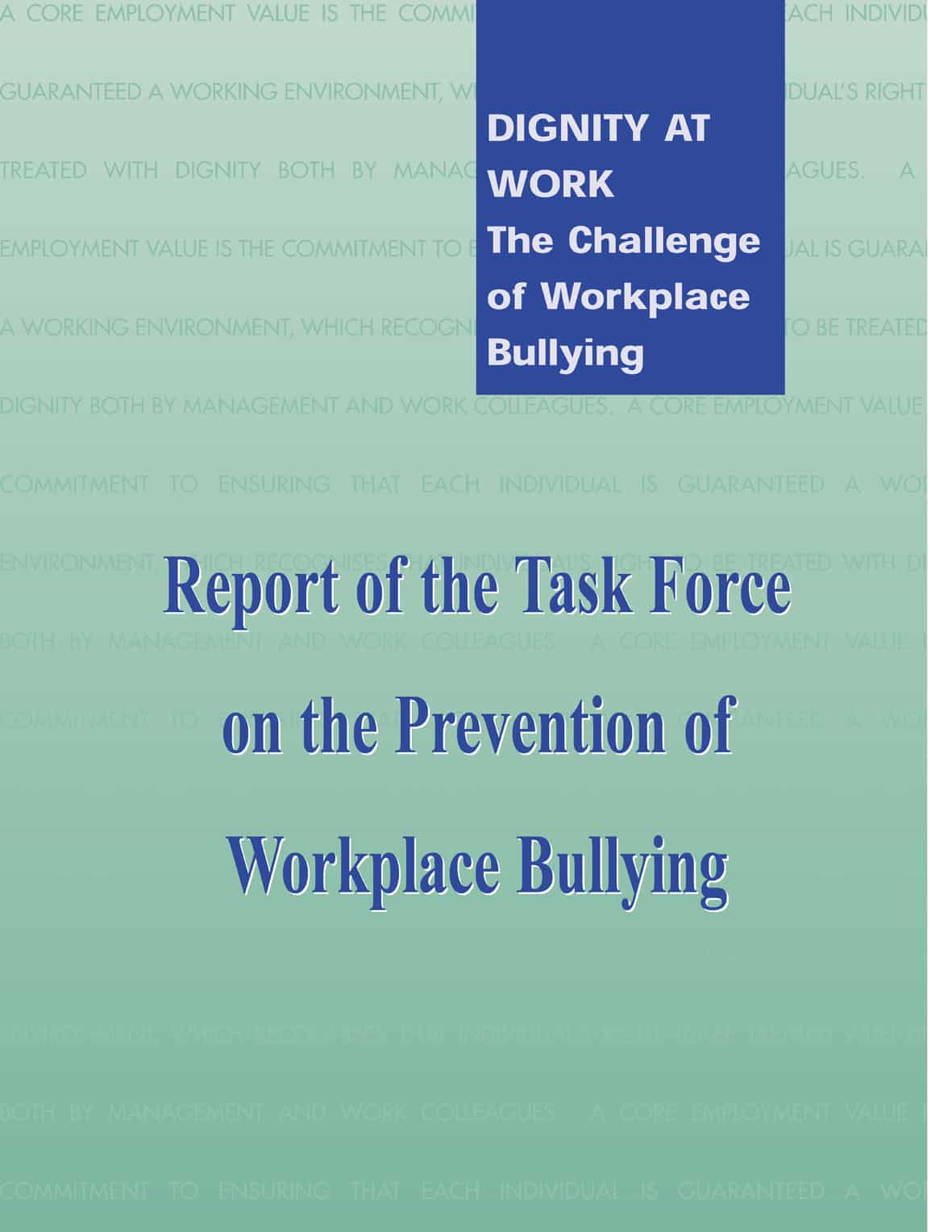When the Australian Government began the process of reviewing OHS laws in order to achieve harmonisation, there was a fairly tight schedule for these reforms. Draft OHS codes of practice and regulations were due in the second half of 2010. The last public statement on these public comment documents was that drafts were due for release at the end of October. The latest rumour is that some of the documents will be out around November 10.
It has been mentioned elsewhere that Safe Work Australia has missed a major public relations opportunity by not getting documents ready for release in its Safe Work Australia Week in late October, for it is guaranteed that all State OHS regulators will be badgered about the draft documents as Safe Work Australia Week events.
Codes
SafetyAtWorkBlog has learnt that many of the codes of practice and occupational health issues have been prioritized. “Priority Codes” will include:
- Asbestos
- Safety Data Sheets
- Chemical Labelling
- Consultation
- Risk Management Continue reading “Codes and Regulations prioritized in Australia’s harmonisation process”

